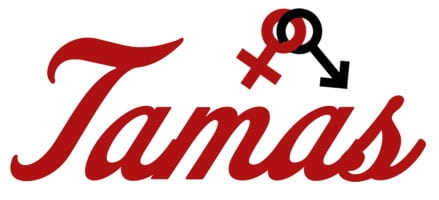Vulvodynia, Friction Vestibulodynia or any other pain.
almost every woman has experienced at least once temporary inflammatory pain in her vulva and vagina.
However, some women experience pain for long periods. There are several types of intercourse pain problems:
Vulvodynia (pain in the vulva):
This is an ongoing chronic pain in the vulva, mostly accompanied by burning sensation, irritation and itching.
It is diagnosed once you rule out all other medical reasons like skin disease, allergy, patriotic infections or herpes.
The pain can appear abruptly or continuously. This Pain can appear either through irritation or without it.
(Friction Vestibulodynia (vestibule pain):
It is one of the pain disorders, also called Vestibulitis. Characterized by hypersensitivity and pain when touched in the vestibule, which is situated at the vaginal opening or during vaginal penetration during sexual intercourse, inserting a tampon or during a gynecological examination.
The pain can increase after prolonged sitting in the chair or cycling. This uncomfortable feeling sometimes lasts for hours after sexual contact.
When there is no obvious medical cause such as inflammation, skin disease or identification and the pain continues for three months or more with any contact with the vestibule and a tissue rash, it is most likely a case of Vestibulitis.
Sexual contact in these situations can cause swelling or burning in the urine.
When the pain appears as of the first contact, the disease is called primary Vestibulitis and if it develops over time, it is called a secondary Vestibulitis.
3-18% of the women’s population might contract this problem. The causes of the syndrome are still unclear.
Hypersensitivity and multiple sensory nerve cell edges were observed in the vestibule tissue.
Moreover, there is a solid connection between the disease and the use of hormonal contraceptives such as birth control pills.
Relaxation stickers for the pelvic floor muscles help to ease the pain.
The predominant approach today is that Vestibulitis is a combination of various problems that fall under one definition.
Therefore, the different treatments in the field of both physical therapy as well as various ointments and medications have not proven to be effective in many cases.
Dr. Andrew Goldstein has managed to classify different types of Vestibulitis:
– Pain associated with taking hormonal contraceptives. The treatment focuses on discontinuing the use of contraceptives and applying hormonal ointment.
– Sensitivity and contraction of pelvic floor muscles. Treats patients with muscle relaxation medication and pelvic floor physiotherapy.
– Multiple nerve cells in the vestibule are sensitive to pain. This can be genetic, acquired after a severe allergic reaction or through vaginal inflammations.
The treatment will include medications that affect the nervous system and may include surgery to remove the vestibule tissue if there has been no significant reaction to the various treatments.


